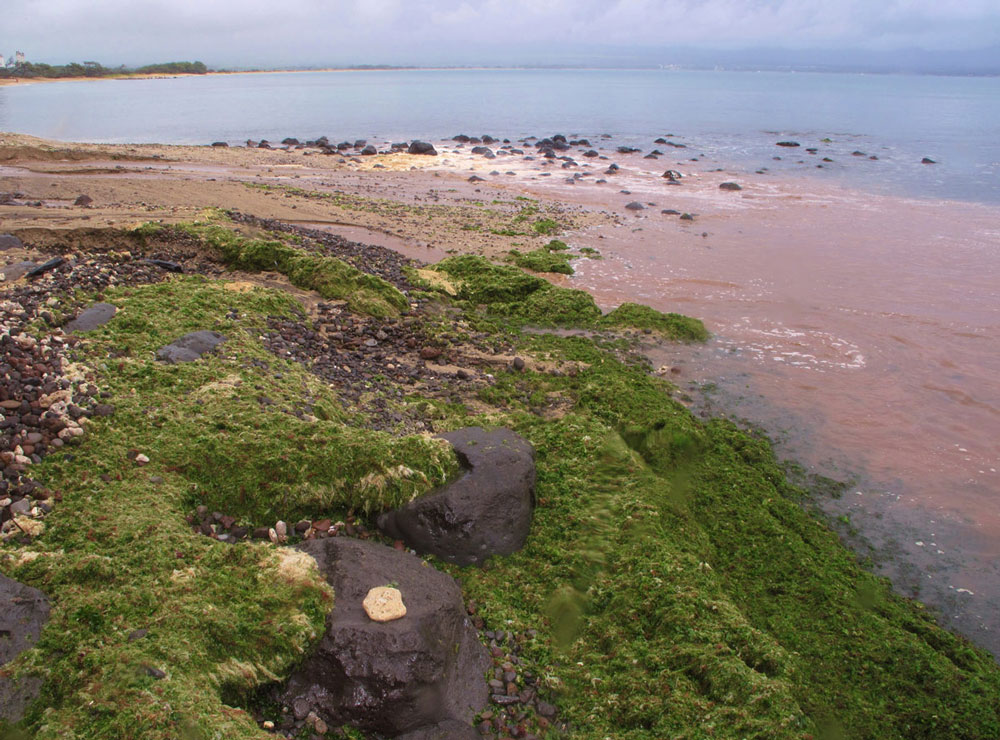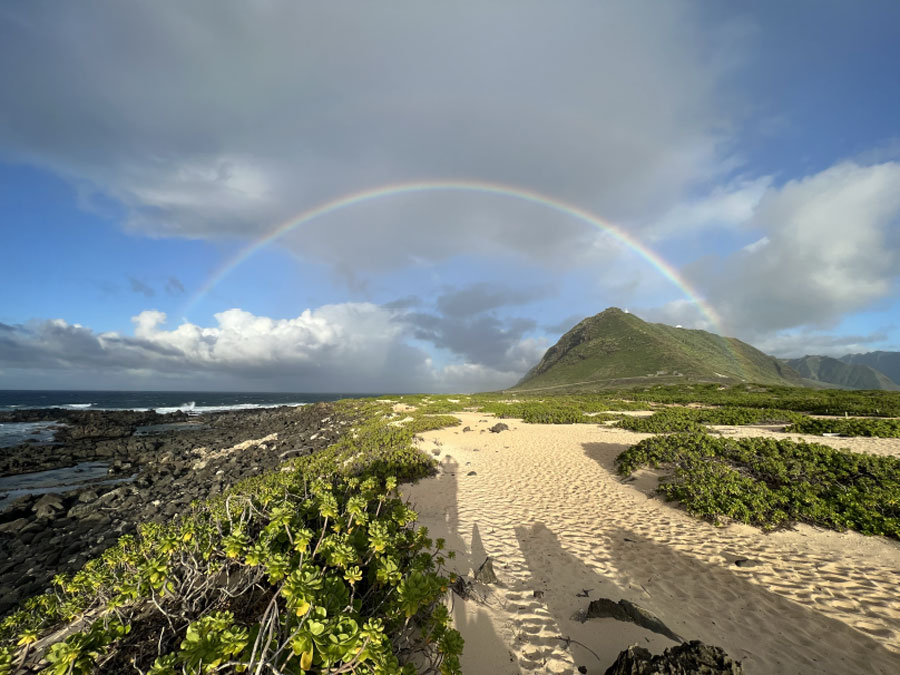A devastating mix of human and ecological loss has recently occurred in the Pacific. The wildfire in Maui has cast a shadow of ash and tragedy over the island’s landscape, as well as over the Coral Reef Alliance as an organization. Maui – and more specifically the historic town of Lahaina – is home to CORAL colleagues, friends, family, supporters, and a field site of our conservation programming.
The devastating wildfire has not only impacted the lives and livelihoods of the residents, but it has also destroyed vast areas of natural habitat – on land and in the water – that hold cultural, economic, and environmental value.
ʻOhana First
The human lives that have been lost and affected by this tragedy are our primary focus at this time.
ʻOhana matters most.
Our colleagues, community of supporters, volunteers, and local partners – those that make CORAL’s work possible – and all of their loved ones are at the forefront of our minds. The Lahaina wildfire sadly claimed numerous businesses, the homes of our community partners, and over one hundred lives. First responders and search crews continue to work diligently as hundreds of people remain unaccounted for.
As an organization committed to creating relationships for the betterment of both human and coral reef health, we recognize the value of encouraging resilience and leaning on one another in times of crisis. We also encourage compassion and mindfulness of the extent of loss permeating Maui at this time.
This tragedy and its rippling repercussions will likely be felt for an innumerable amount of time for our ʻOhana and for the whole of Lahaina.
Ecological Impacts
CORAL’s environmental work is deeply rooted in Maui.
The nine major coral reefs surrounding Maui and the neighboring Hawaiian Islands, known collectively as Maui Nui, contribute to the local ecology, culture, and economy. But, over the past few decades, there has been a gradual decline in the health of these reefs, and events like the 2015 thermal bleaching have accelerated reef loss significantly. Now, these reefs face further threats due to this recent wildfire.
Sediment, ash, and debris washed into the ocean can bury coral reefs and stifle their ability to photosynthesize, while runoff carrying fertilizers or sewage can lead to algae blooms that also smother corals. To our unfortunate surprise, the recent wildfire’s proximity to a coral reef area is unprecedented in the history of the island, which is home to one of CORAL’s most significant field sites supporting the Olowalu coral reef. The Olowalu reef, known for its old reef structures, is particularly at risk due to runoff and debris from the burned land, as well as the potential blockage of sunlight necessary for photosynthesis.

The wildfire burned over 2,000 acres of land, destroying native plants that hold cultural significance to Indigenous Hawaiians, sustain the local economy, and contribute to tourism. Sadly, the native soil seed banks are among the species most threatened by the fires. Nonnative plants and animals already pose challenges to native species, but wildfires can accelerate the spread of these nonnative species. As a result, they crowd out regrowth of native species and create fuel for future fires. Regarding this recent tragedy, dry conditions and invasive grasses on Maui unfortunately exacerbated the spread of the fire to the ocean.
CORAL’s ridge to reef approach to conservation involves protecting native species of plants and Maui’s coral reefs. Wildfires in general, but specifically one like this whose magnitude is unprecedented, expose coral reefs and other fragile ecosystems to risk. In turn, their lives and their ability to thrive are threatened, and the livelihoods of the communities that rely on them are also destabilized.

Where To Go From Here
This tragic event underscores the vulnerability of our ecosystems and the urgent need to address the growing threat of increasingly severe natural disasters thanks to climate change. We must seek a deeper understanding of our intricate relationship with the environment, and do what we can to support the protection of both our environment and human well-being.
The recent events have further prompted CORAL to consider the ways in which we can better coexist with nature’s elemental power and safeguard the delicate balance that sustains life above and below the ocean’s surface. Focusing on Maui and our ʻOhana is our current primary aim.
We are committed to following the lead of the Lahaina community once we are able to turn towards protecting and restoring the affected ecosystems after this tragedy. Until then, please consider giving your attention to Hawai‘i Community Foundation’s Maui Strong Fund, the American Red Cross of Hawaii, and the Maui Food Bank.
CORAL will continue to stay sensitive, alert, and informed as more information becomes available.



